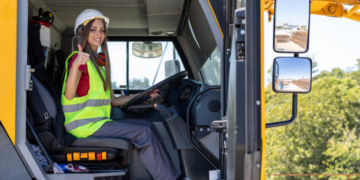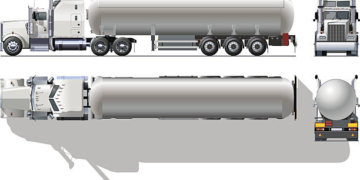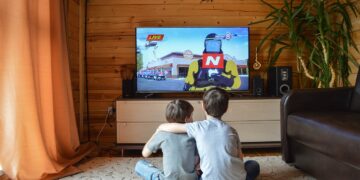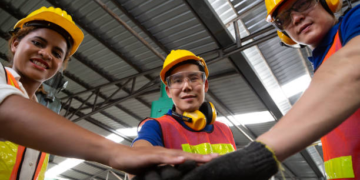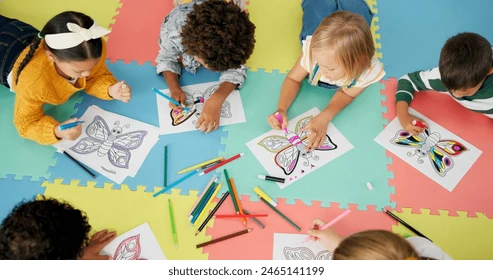When it comes to setting up a safe and comfortable environment for our kids at school we often think about things like furniture books or the classroom layout. But one essential item that doesn’t get nearly enough attention is school mats. Yep those colorful soft mats that make all the difference in a classroom setting. In this article we’re going to dive into why school mats are so important, how to choose the right ones and the benefits they bring to your child’s learning and well-being. So let’s chat about school mats and how they can make a big difference in the classroom.
Why Are School Mats Important?
You might be wondering “Why are school mats so important?” Well let’s start with the basics. Kids spend a lot of time on the floor especially in early education settings like preschools and elementary schools. They sit, play, read or sometimes even nap on the floor and that’s where school mats come in.
School mats provide a soft cushioned surface making it more comfortable for kids to sit or lay down for extended periods. They also help to create a designated space for various activities whether it’s for circle time playtime or even just for some quiet reading. It’s all about giving children a safe, clean and comfy spot to engage with their surroundings.
The Different Types of School Mats You Need to Know About
When shopping for school mats you’ll quickly realize there’s a variety of options. And knowing what type of mat you need for specific uses is key. Here’s a quick rundown of some popular school mats:
1. Play Mats
Play mats are often large, colorful and padded. They provide a safe and cushioned area for children to play on whether they’re crawling, rolling or just sitting and chatting with friends. These mats usually come in bright colors or with fun designs that appeal to younger children.
2. Reading Mats
Reading mats are typically thinner and a bit more compact but they’re just as essential for the classroom. They give kids a quiet cozy space to sit down with a good book. These mats are perfect for creating a reading corner or a calm spot in the classroom where students can focus on their reading.
3. Yoga and Exercise Mats
Yoga mats are great for physical activities stretching or even classroom exercises. These mats are a bit firmer and offer a stable surface to keep kids balanced and safe when doing activities like stretching or simple yoga movements.
4. Cushioned Floor Mats
Cushioned floor mats are often used for larger areas in classrooms. They offer extra padding for students who might need a bit of help with comfort and mobility. They’re especially great for younger kids who tend to spend a lot of time sitting on the floor.
Benefits of Using School Mats in the Classroom
Now that we’ve got the different types of school mats covered let’s talk about the real benefits these mats offer. From safety to comfort there are plenty of reasons why school mats should be a part of every classroom.
1. Safety First
Safety is always a top priority in any classroom and school mats help reduce the risk of injuries from falls. With their soft and padded surface kids can play, move around and interact with one another without worrying about bumps or bruises. This is especially important in early education settings where kids are still learning how to move safely.
2. Promotes Comfort
School mats make it so much more comfortable for children to sit on the floor for extended periods. Think about how many times kids are asked to sit cross-legged during circle time or when they’re learning new things. Having a cushioned mat under them can make all the difference when it comes to comfort.
3. Supports Learning and Focus
Believe it or not the environment plays a huge role in a child’s ability to focus and learn. When children have a comfortable place to sit and engage they’re more likely to stay focused and enjoy their lessons. Plus colorful mats can actually make learning more fun by creating a vibrant and engaging classroom atmosphere.
4. Easy to Clean
A big win for school mats is how easy they are to clean. With all the little spills, crumbs and messes that come with kids having mats that are simple to wipe down is a huge bonus. This helps to keep the classroom hygienic and tidy, reducing the spread of germs.
How to Choose the Right School Mats
Choosing the right school mats for your classroom might seem overwhelming with all the options available but don’t worry. Here are some tips to help you make the best choice:
1. Consider the Age Group
Different age groups may need different types of mats. Younger children (preschoolers and kindergartners) may need thicker larger mats with fun designs while older kids (elementary school age) might need smaller more durable mats. Always consider the comfort and safety of the students in that particular age group.
2. Check the Materials
Make sure the mats are made from non-toxic durable materials that are safe for kids. Many mats are made of foam or PVC which are great for comfort and easy cleaning. Always check for any harmful chemicals or materials in the mats before purchasing.
3. Size and Shape
Think about the size of your classroom and the space where you plan to use the mats. Larger areas may need more mats while smaller spaces might just need a few. Also mats come in different shapes: rectangular square or even circular so pick what best suits the layout of your room.
4. Durability and Maintenance
You’ll want mats that can withstand wear and tear. Kids can be rough on things so it’s important to choose mats that are both durable and easy to maintain. Check out customer reviews for insight into how well the mats hold up over time.
Conclusion:
When it comes down to it school mats are more than just a practical addition to a classroom they’re a crucial part of creating a comfortable, safe and engaging environment for kids. Whether you’re setting up a reading corner, a play area or a space for physical activities school mats can make a world of difference in how kids learn and grow.
So next time you’re outfitting a classroom or looking to improve your school’s layout don’t forget to give school mats some thought. They’re the unsung heroes of a well-rounded comfortable and safe learning space.




